The GJEPC SEZ Sub-Committee, in collaboration with the Indian Institute of Gems & Jewellery (IIGJ) Udupi, has spearheaded a cutting-edge CAD rendering training program. Held from 27th to 31st May, this initiative brought together designers for an intensive, 40-hour online course aimed at mastering Keyshot software.
The training, delivered via Zoom, featured four hours of daily instruction via Keyshot. This immersive format included live demonstrations and hands-on practice. Participants also benefited from continuous support beyond class hours through a WhatsApp group.
The curriculum covered essential topics for modern jewellery design, such as creating realistic gold colour renderings with 18 shades of gold and advanced editing techniques for diamond rendering. Participants learned to enhance their jewellery renders by adjusting environments and lighting sources, creating realistic animations, and developing photorealistic images of their 3D CAD models. The program also introduced plugins and additional resources to further enhance rendering capabilities, including HDRI maps and materials for gold and diamonds.
The impact of this training was evident in the impressive student works produced. Participants created high-quality renderings and animations, showcasing their newly acquired skills. These works, formatted in true colour with alpha transparency and varying resolutions, highlighted the advanced techniques and attention to detail imparted during the course.
Participants enthusiastically praised the course’s effectiveness, highlighting its significant positive impact on their professional skills. The training was described as highly engaging and interactive, with many expressing high satisfaction and some rating it as exceptional. While most participants found the resources provided to be adequate, there were constructive suggestions for potentially allocating more time to complete tasks. The instructor received widespread praise for clear and effective instructions. While opinions varied slightly on the effectiveness of online training versus traditional methods, the consensus was that the program led to substantial skill improvement.

Valuable suggestions were offered for enhancing future iterations of the program, such as extending the duration to cover more advanced topics, increasing the frequency of courses to stay current with evolving technology, and considering opportunities for follow-up sessions. Additionally, there was interest in exploring the possibility of incorporating in-person sessions to further enrich the learning experience.
By equipping designers with cutting-edge skills, GJEPC and IIGJ Udupi are paving the way for innovative and superior jewellery designs, ensuring that Indian craftsmanship continues to shine brightly on the global stage.
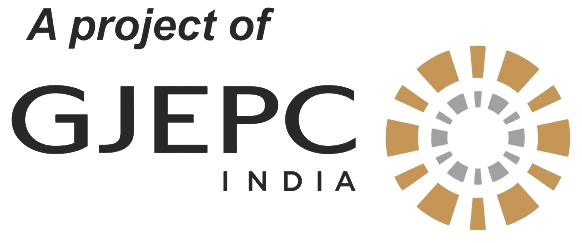
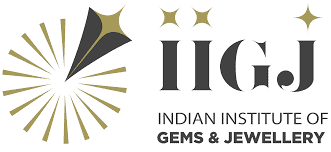

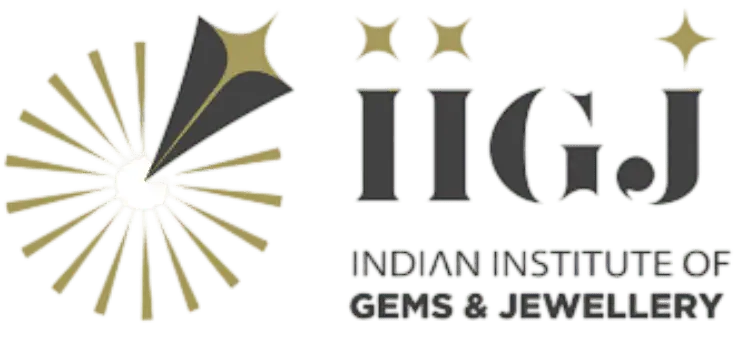
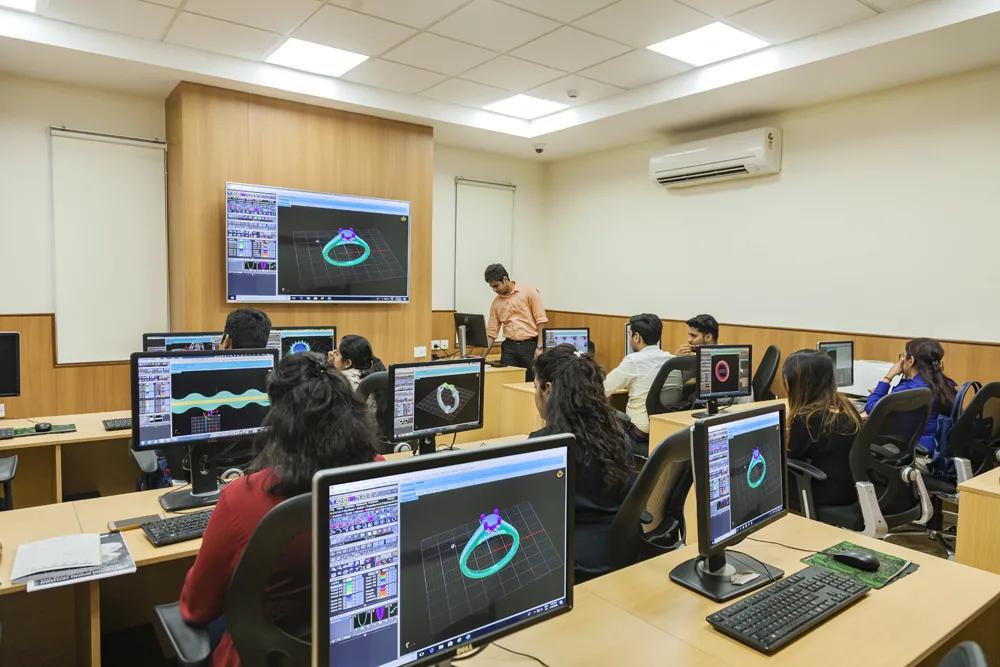

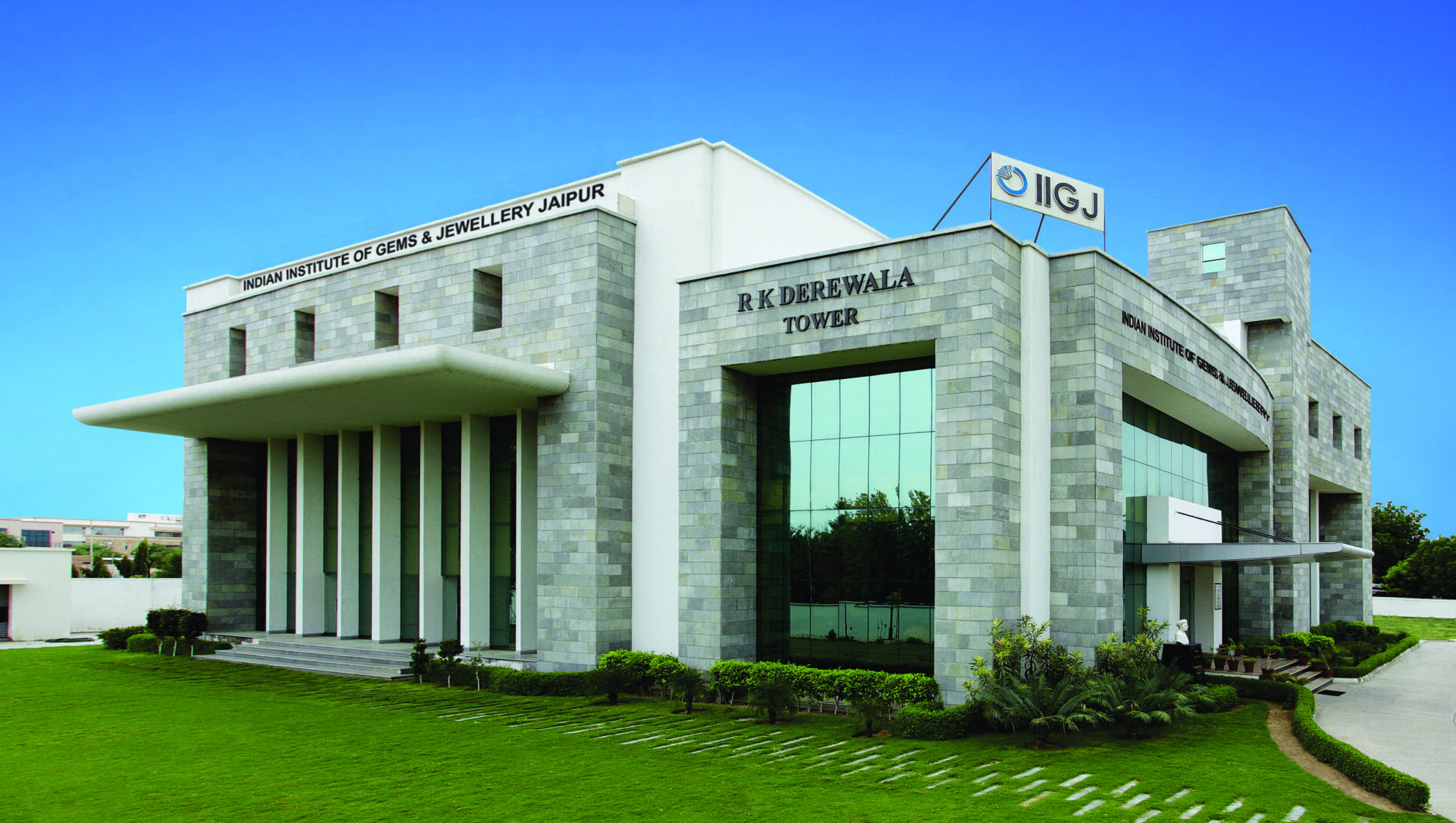
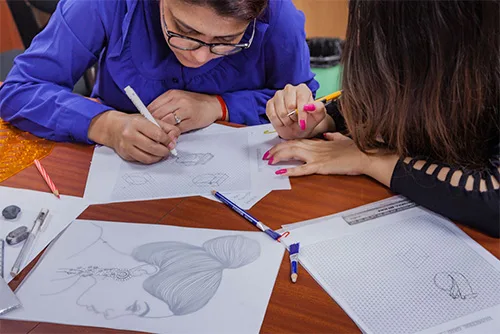
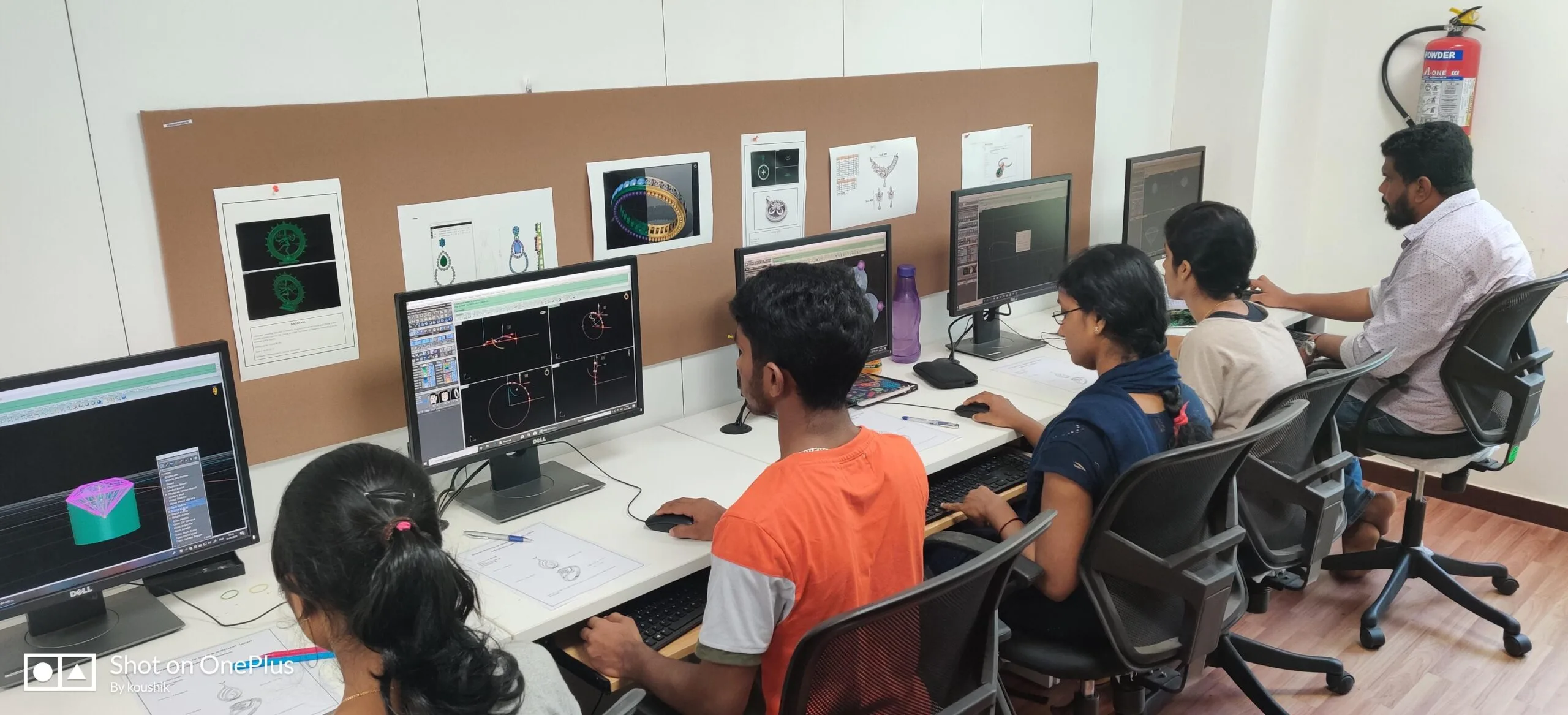
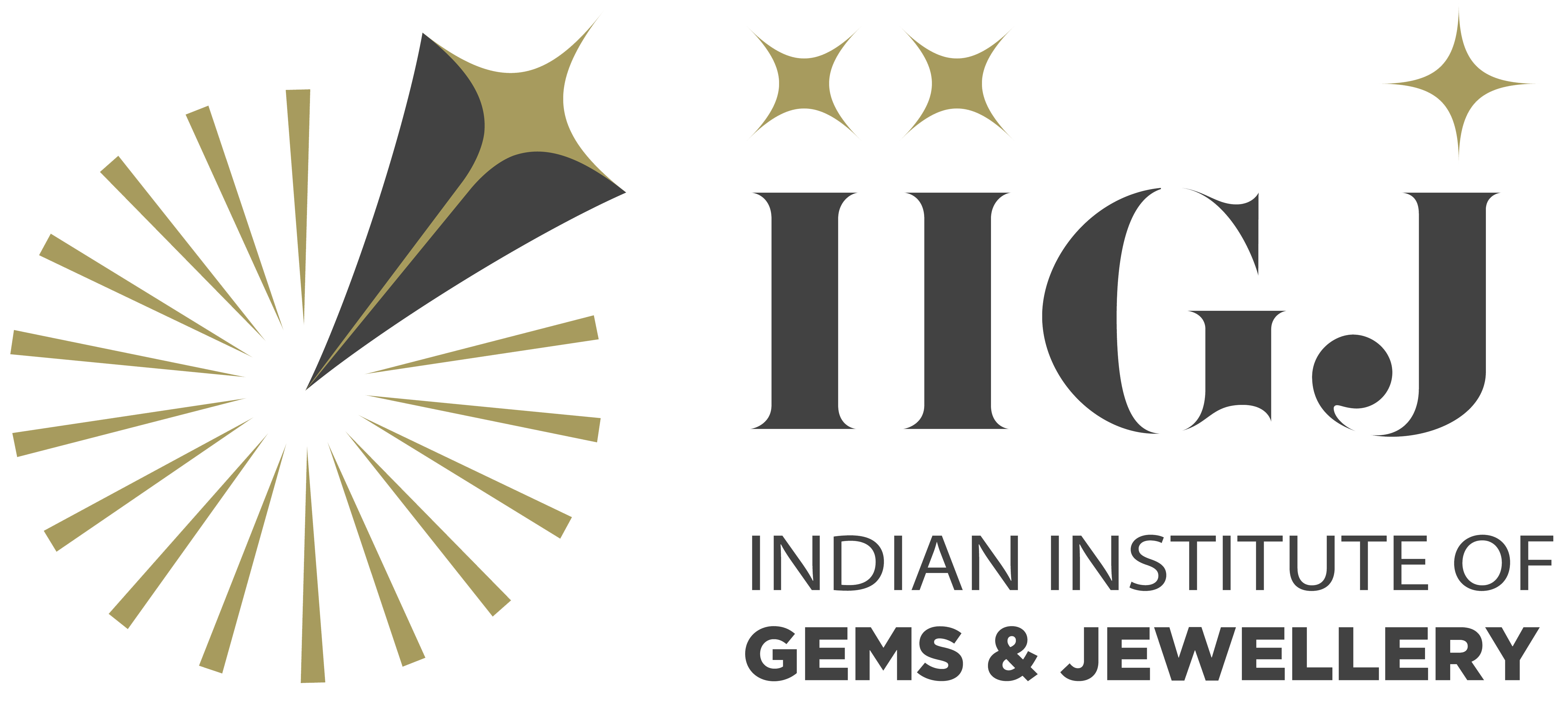
Sprunki Incredibox is a brilliant twist on the original, adding fresh beats and visuals that keep the music-mixing fun alive. Definitely check out more creative games like this at IO Games.